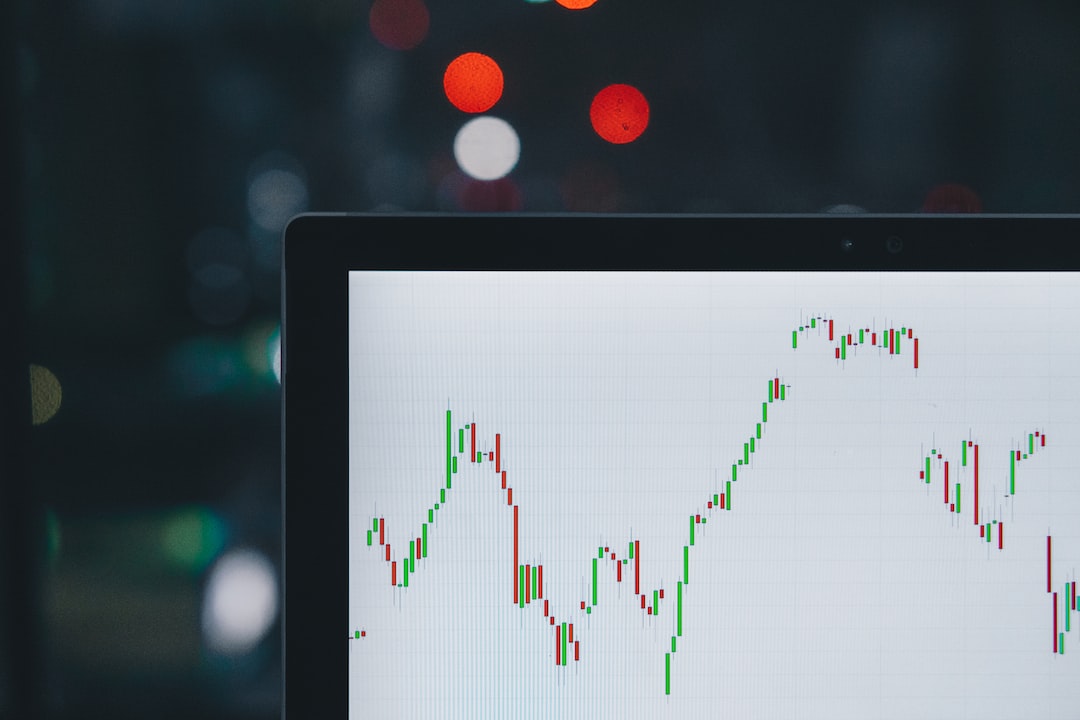Forex historical data is essential for traders who want to backtest their strategies, analyze trends, and make informed decisions. Historical data includes information on currency prices, volume, and other relevant metrics over a specified period. However, getting reliable forex historical data can be a challenge if you don’t know where to look. In this article, we will explore the various sources of forex historical data and how to obtain it.
1. Forex Brokers
Forex brokers are the most common source of forex historical data. Most brokers offer historical data for free or at a fee. The data includes daily, weekly, monthly, and yearly prices for major currency pairs. Forex brokers also provide tick data, which is essential for backtesting strategies. Tick data includes information on bid and ask prices, volume, and other relevant metrics for each transaction. However, not all brokers provide tick data for free, and those who do may limit the amount of data available.
2. Third-Party Providers
Several third-party providers offer forex historical data. These providers collect data from various sources and provide it in a standardized format. They offer historical data for various currency pairs, including minor and exotic pairs. Third-party providers also offer tick data, which is more detailed than the data provided by brokers. However, third-party providers may charge a fee for their services, and the cost can be substantial, especially if you need a large amount of data.
3. Central Banks
Central banks are another source of forex historical data. They provide data on currency prices, inflation rates, and other macroeconomic indicators. Central banks offer data for free, but the data may not be as detailed as that provided by brokers or third-party providers. Also, central bank data may not be available for all currency pairs.
4. Economic Calendars
Economic calendars provide information on upcoming economic events that can impact currency prices. Some economic calendars also provide historical data on previous events. The data includes information on the impact of economic events on currency prices, volume, and other relevant metrics. Economic calendars are free, but the data may not be as detailed as that provided by brokers or third-party providers.
5. Trading Platforms
Trading platforms such as MetaTrader, TradingView, and NinjaTrader provide historical data for free. The data includes daily, weekly, monthly, and yearly prices for major currency pairs. Trading platforms also provide tick data, which is essential for backtesting strategies. However, the amount of data available may be limited, and the data may not be as detailed as that provided by brokers or third-party providers.
Conclusion
In conclusion, getting forex historical data is essential for traders who want to make informed decisions. Forex brokers, third-party providers, central banks, economic calendars, and trading platforms are the most common sources of forex historical data. Each source has its advantages and disadvantages, and traders should choose the source that best suits their needs. It is essential to ensure that the data obtained is reliable and accurate to make informed decisions.





